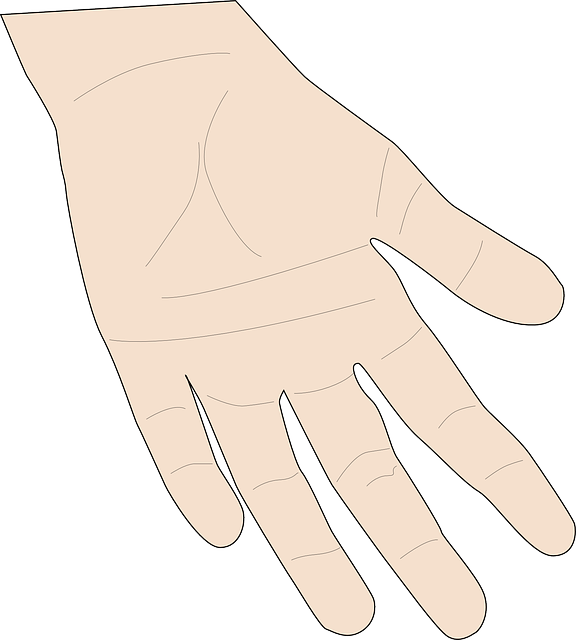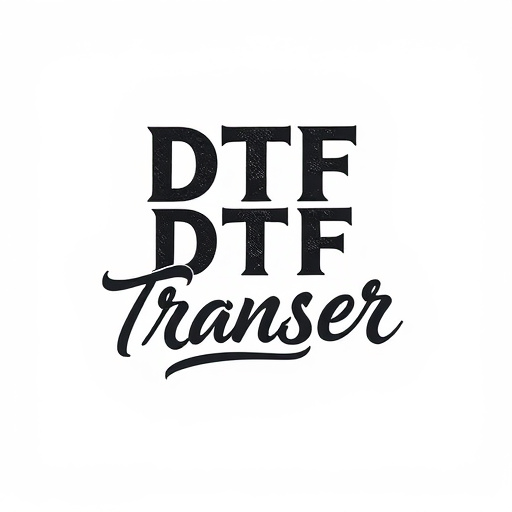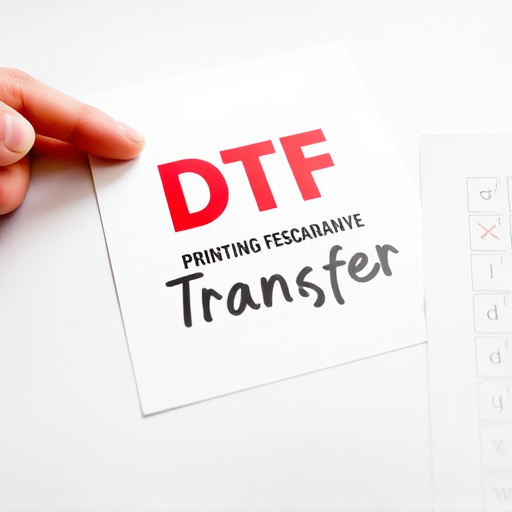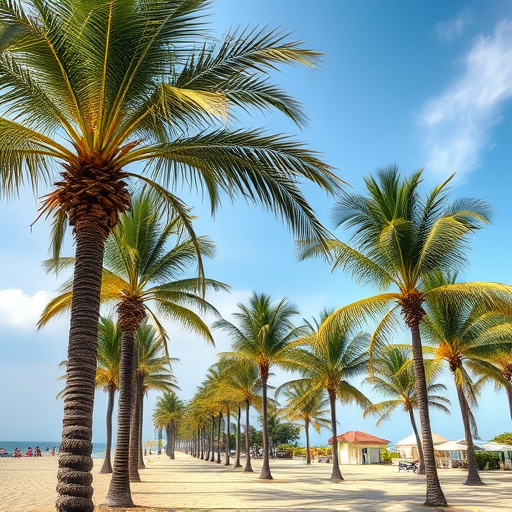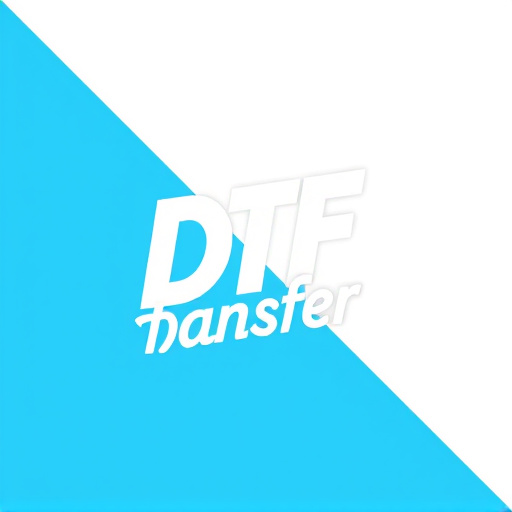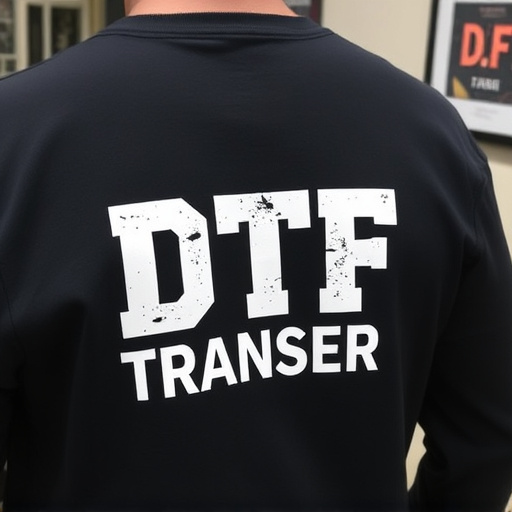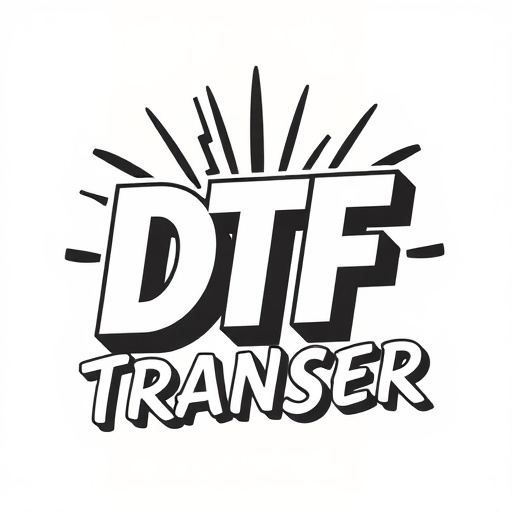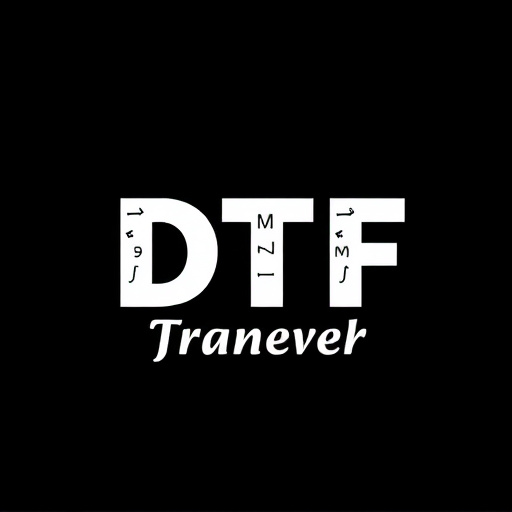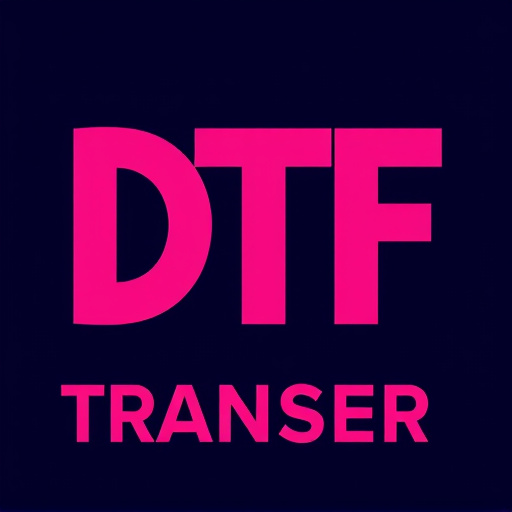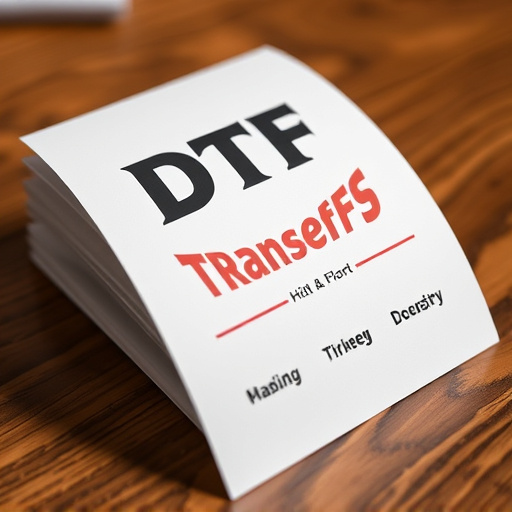Direct-to-Film (DTF) transfers and printing offer a revolutionary approach to product creation with high-quality, locally manufactured goods. This technology cuts production time and costs compared to imported DTF prints, benefiting fashion, textiles, signage, and decorative items. Domestically produced DTF transfers reduce lead times, import duties, and supply chain vulnerabilities, fostering local economies and enhancing sustainability. Local manufacturers like SmallBiz Print and GreenPrint Solutions utilize advanced technology and eco-friendly practices, ensuring high-quality DTF prints while promoting greener manufacturing and economic stability.
“Discover the revolution in print technology with locally manufactured direct-to-film (DTF) transfers, a growing trend that bypasses traditional imports. This article explores the benefits of DTF and its potential to transform printing practices. From understanding the basics to delving into the advantages of local production, we uncover how DTF transfers enhance quality, sustainability, and efficiency. By examining real-world case studies, we highlight successful implementations, demonstrating the impact of locally sourced DTF solutions.”
- Understanding Direct-to-Film Transfers (DTF) and Their Benefits
- The Current Landscape of DTF Imports and Their Drawbacks
- Advantages of Locally Manufactured DTF Transfers
- The Process of Creating High-Quality Local DTF Prints
- Encouraging Sustainable Printing Practices with Local DTF Producers
- Case Studies: Successful Implementation of Local DTF Transfer Solutions
Understanding Direct-to-Film Transfers (DTF) and Their Benefits
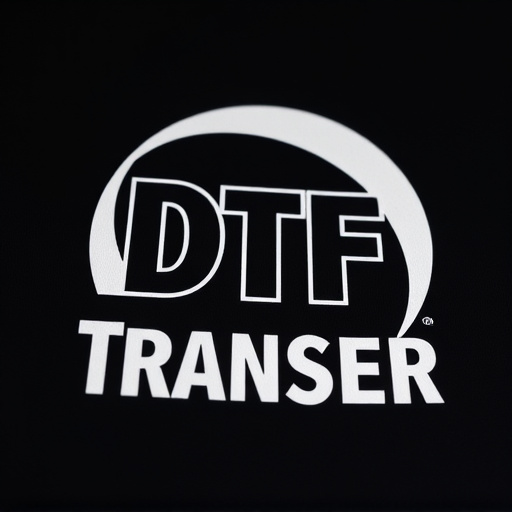
Direct-to-Film (DTF) transfers and printing offer a cutting-edge solution for businesses looking to create high-quality, locally manufactured products, eliminating the need for imported goods. This innovative process allows for precise and detailed reproductions of images, artwork, or designs directly onto various materials, such as fabric, wood, metal, and more. By skipping traditional intermediate steps, DTF transfers ensure faster production times and often result in cost savings compared to overseas import processes.
One of the key advantages is its versatility; DTF technology accommodates a wide range of applications, from fashion and textiles to signage and decorative items. It enables local manufacturers to produce custom designs swiftly, catering to the unique needs of businesses and individuals alike. This method not only supports local economies and reduces environmental impact by minimizing transportation but also ensures that products can be tailored to specific regional preferences and market demands.
The Current Landscape of DTF Imports and Their Drawbacks
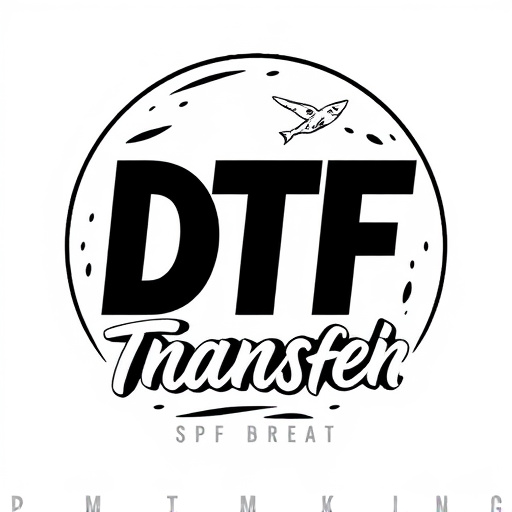
The current market for direct-to-film (DTF) transfers is dominated by imports, with many businesses relying on international suppliers to meet their demands. While this trend has facilitated access to a wide range of DTF prints and designs, it also comes with several drawbacks. One significant issue is the long lead times associated with importing goods, which can disrupt production schedules and increase the risk of stockouts during peak seasons or events.
Additionally, import duties and taxes can significantly inflate the cost of DTF transfers and prints, making them less affordable for small businesses and individuals. This price hike can limit accessibility, stifle innovation, and discourage local manufacturers from entering the market. Moreover, reliance on foreign suppliers exposes businesses to potential supply chain disruptions, such as port closures, political instabilities, or natural disasters, which can halt production and cause significant financial losses.
Advantages of Locally Manufactured DTF Transfers
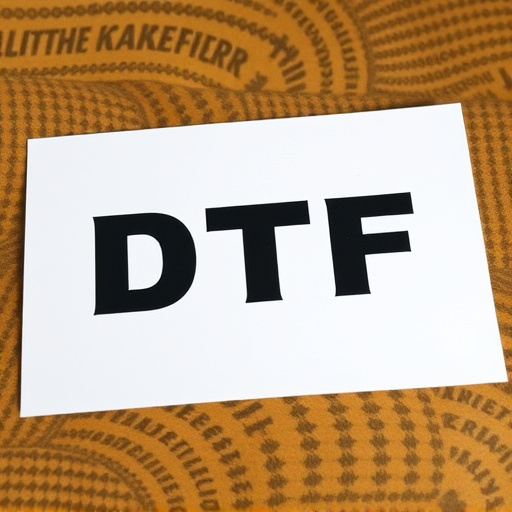
Locally manufactured direct-to-film (DTF) transfers offer a myriad of advantages over imported options. By producing DTF prints domestically, businesses can ensure faster turnaround times, allowing them to meet customer demands promptly. This is particularly beneficial for time-sensitive projects or when quick reprints are required.
Additionally, local manufacturing promotes economic growth and job creation within the community. It reduces dependency on international suppliers, making the production process more resilient to global market fluctuations. DTF Printing enables local businesses to maintain control over quality standards, resulting in superior product consistency and enhanced customer satisfaction.
The Process of Creating High-Quality Local DTF Prints
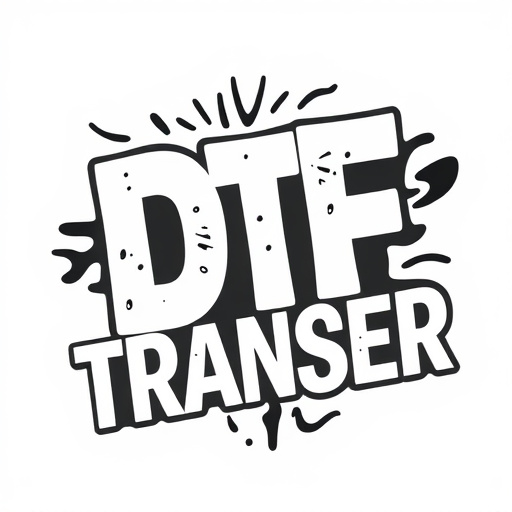
Creating high-quality local DTF (Direct-to-Film) prints involves a meticulous process that ensures optimal results. It begins with selecting top-grade materials, including inks and films suitable for DTF transfer technology. Skilled technicians then prepare designs digitally, optimizing them for precise color reproduction and sharp detail. The design is precisely transferred onto the chosen film using specialized equipment, aligning colors perfectly.
The printing process itself requires careful control of temperature and pressure to achieve a seamless bond between the print and the substrate. This often involves custom settings for different materials and applications, ensuring durability and vibrancy. Post-printing, quality checks are conducted to identify any imperfections, ensuring each DTF print meets stringent standards. This localized manufacturing approach not only cuts down on import costs but also guarantees consistent, high-quality DTF transfers tailored to local needs.
Encouraging Sustainable Printing Practices with Local DTF Producers
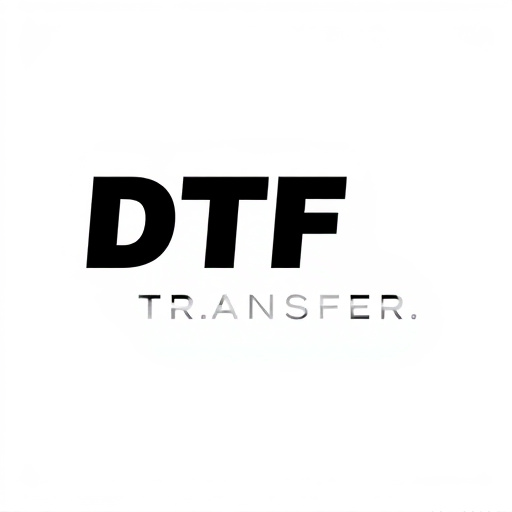
By supporting local DTF (Direct-to-Film) producers, businesses and individuals can actively encourage sustainable printing practices. Local manufacturers often have a reduced environmental footprint due to shorter supply chains and more efficient production methods. They might use eco-friendly materials or ink formulas that minimize waste and pollution, contributing to a greener industry.
Additionally, locally sourced DTF transfers promote economic sustainability by keeping money within the community. This can lead to stronger local economies, better job retention, and improved resource circulation. When consumers choose local DTF prints, they contribute to a positive feedback loop that fosters sustainable business models and reduces reliance on international imports.
Case Studies: Successful Implementation of Local DTF Transfer Solutions
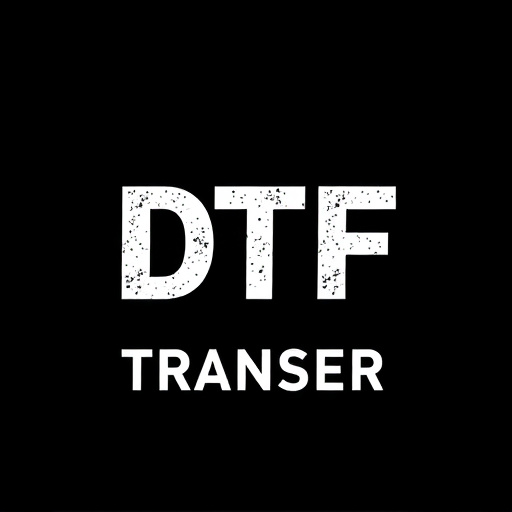
Local manufacturers are successfully revolutionizing the printing industry by offering direct-to-film (DTF) transfer solutions, reducing reliance on imports and enhancing production capabilities. One notable example is SmallBiz Print, a local shop that has mastered the art of DTF Printing. They’ve implemented an efficient system using cutting-edge technology to produce high-quality prints directly onto various materials, from vinyl to fabric. This approach has not only streamlined their production process but also allowed them to cater to a diverse range of clients, including small businesses and entrepreneurs seeking custom designs.
Another success story is GreenPrint Solutions, which has made significant strides in sustainable DTF Printing. They’ve developed eco-friendly inks and media that minimize waste and reduce environmental impact without compromising on quality. This innovative approach has attracted attention from large corporations looking to adopt more sustainable practices. By embracing local DTF Transfer solutions, businesses are not only cutting costs but also contributing to a greener future, proving that locally manufactured DTF prints can compete with global standards in both quality and sustainability.
